The Invasion of the Toe of Italy's Boot, Beginning Sept. 3, 1943
Articles, Context From The Winnipeg Tribune, September 1 - 2, '43
For citizens in many Allied countries, tea is scarce. What Allied forces gained
by the ration system is about to be spent on shells on the toe of the boot.
Introduction:
The beginning of Operation Baytown, the Allied invasion of Italy at Reggio di Calabria by British and Canadian troops, will take place shortly! And the U.S. forces invade on the 9th.
The Allied army forces have rested up (and done some touristy things; news to follow) from the long and hard efforts to liberate Sicily from German and Italian forces (Operation Husky, during most of July and August). As well, Allied navy forces are in final preparations to bombard suspected Axis defences with large armaments (see news photo below of British battleships in full concert), as well as invade the Italian coast in 100s of small crafts (just two days off!), many of which had been feverishly repaired in Malta's dockyards in August* - including my father's craft, part of the Canadian 80th Flotilla of Landing Crafts.
[*details from Malta:
The news which greeted them on arrival in Malta was, first, that civilian dockworkers were on strike, and secondly, that their craft must be put in condition at once for a landing on the Italian mainland. Twenty-four cranky LCMs, which had been overworked consistently for a month to land 40,959 men, 8,937 vehicles and 40,181 tons of stores, must at once be retuned to concert pitch by the equally over-worked men who had operated them.
Complaints were loud, eloquent, sustained and unavailing, but once this routine gesture was over with the Canadians manifested, as always, a peculiar zest for anything mechanical. At the end of two weeks, during which all the fit men of both Flotillas worked day and night, they announced to amazed dockyard authorities at Malta that their craft were ready to sail again...
Just before the departure for northern Sicily in preparation for the jump across the Straits of Messina, it was decided that the 81st Flotilla would not be sent. Its craft were not of as recent a type as those of the 80th and would not be useful in the unfamiliar role of assault landing craft, which was to be the work allotted them. Moreover, a large number of men from the 81st were in hospital with sickness acquired in Sicily.
The 80th Flotilla therefore sailed alone from the Great Harbour of Malta on August 27th.
I was struck by what might be called a 'lion-and- the-mouse' comparison as we moved out of the harbour on the morning of August 27th. One of the Royal Navy's proudest battleships lay at mooring. Surely if ships of her size and grandeur were necessary how puny and frail our fifty-foot boats looked in comparison! Could they both represent a striking force? It looked absurd, and yet the history of Lord Louis Mountbatten's Combined Operations fleet of tiny craft has proven their soundness, aye and well nigh perfection, in carrying our armies to enemy coasts.
Combined Operations by C. Marks, pages 85 - 86]
The 80th Flotilla (and 3 other Canadian flotillas; 55th, 61st, 81st) earned praise for their steady, dependable efforts during Husky and more of the same would soon follow. But first, troops and all the materials of war must be sorted, in "a place for everything and everything in its place" type of atmosphere.
While troops and materials get sorted, news keeps getting printed, from various war fronts. Here are some details from Sept 1 and 2, 1943, as found in The Winnipeg Tribune, a fine Canadian digitized newspaper:
Cape Pellaro is labelled below, between Reggio and Melito, on the toe of Italy's boot:
Illustration as found in ECLIPSE by Alan Moorehead, page 32
News from other war fronts:
I include this article because it illustrates that Canadian Navy bases and barracks (i.e., land establishments) are named after ships, and this can cause confusion on occasion:
William Stewart, one of many Canadian war correspondents in Sicily, relates details of our troops at rest, "playing tourist on a small scale", staging a "formal parade", welcoming "their first mail and parcels from home", etc. Coincidentally, Navy men loved their mail as well, as can be seen in a short piece my father wrote, and a poem by one of his mates, as seen in a recent post. Click here.
Speaking of soldiers (and sailors) taking a break...
For those who like occasional summaries of "how it's going so far", especially those over 40:
While troops and landing crafts are massing in port towns and cities on the north-eastern coast of Sicily, some Nazis are concerned about "big liberating armies" in England with eyes on the French coast:
Ross Munro provides significant details related to the "Allied pattern for European invasion," as seen in the small-, medium- and large-sized invasion techniques (related to Dieppe, North Africa and Sicily respectively) over the previous 12 months (August, 1942 - July, 1943). When Munro refers to "an all-powerful weapon of three-service attack" (i.e., the combined effort of army, navy, air force) he is, of course, referring to combined operations, planned with the assistance of COHQ, London, UK. The first volunteers to the C.O. organization from Canada are now prepping their landing crafts in Messina and several other ports south of Messina (e.g., Mili Marina, Taormina, Santa Teresa di Riva).
More about the history of Combined Operations Command can be found at a well-established and maintained website by Geoff Slee, Scotland.
More about what British Royalty is up to these days, including our present Queen, can be seen below:
Time for a break?
Before news and views from September 2nd are presented, the last word about September 1, 1943 - as far as the writer of COMBINED OPERATIONS is concerned - follows:
On September 1st, at one of the assembly points near Messina, from which the expedition was to cross, the Officers of the Flotilla were briefed.
By Clayton Marks, London Ontario. Page 86
The writer says the officers "were briefed... at one of the assembly points near Messina," and not "in (Messina)" so we are reminded that the landing crafts were likely spread along the coast, inside safe harbours, with troops and supplies nearby, if not already loaded in the case of fuel and armaments and rations, etc.
Clippings now follow from The Tribune, September 2nd issue - just one day away from the invasion of Italy:
I do not know the actual date the following photo was taken, or the name of the exploding Allied ship. I do know I have a better copy with at least the name of the ship in my files. If I can find it I will return w more details. That being said, does it appear on the front page on Sept. 2 to remind readers of the possible dangers directly ahead , re invasion of Italy?
I'm back quicker than I thought.
FYI - Google 'exploding Allied ship Sicilian invasion' : ) There are several similar photographs of the SS Robert Rowan going up in smoke on July 11, 1943, the D-Day for Operation Husky, invasion of Sicily.
Photo credit - reddit.com
Caption included with reddit's photo:
SS Robert Rowan (Liberty ship K-40) explodes amongst the Sicily invasion fleet. She was attacked and hit with three bombs by JU-88 bombers on July 11, 1943. All crew members safely abandoned ship before the many tons of ammunition exploded. She was torn in half and burned for two days.
German recon missions came back with visuals related to two "vast invasion armadas", one in the Mediterranean Sea, the other off the coast of Britain (a training operation?).
Are bombing runs in the Naples area - on the shin of the boot - a diversionary tactic for the upcoming attack on the toe? In part perhaps, though Salerno - also in the Naples area - will be targeted for invasion in one week's time:
I tip my hat to OD (Ordinary Seaman) Bruce Mooney for his work on The Gangway. The Navy newspaper can still be found online.
The following item belongs under the heading "There were no small roles" during WWII:
I'm sure the next headline should read - "Canadians Help Bring Sicilian Curtain Down".
It is pleasing to note the members of RCAF hit targets that were on or near the "Toe of Italy", thereby giving an assist w the upcoming invasion. As well, one flyer reckons, "Our biggest thrill was being assigned to give air support to the Canadian troops in Sicily."
More of the "Canadians helping Canadians" is also associated with the invasion of Italy, on September 3rd.
More support coming from home:
The dangers of war are evident in this next story from Canada's east coast:
And now, on the eastern coast of Sicily, details related to the invasion of Italy are coming together. In the memoirs of a Canadian LCM Flotilla Engineer Officer (unidentified) I find not only details about his activities the day before the invasion but some earlier reflections about his deep-felt connection to his small crafts:
While in Malta (August) several malaria, sand-fly fever and cases of desert sores developed. Some were cured in time to sail with us (back to Sicily) and those that had to remain were sincerely disappointed for after the fall of Sicily it was quite easy to guess our next move would be into Italy itself and they wanted to be in on the mainland job. However we were fortunate in securing eleven Canadian stokers who had recently come from Canada on LCI's.
I was struck by what might be called a 'lion-and- the-mouse' comparison as we moved out of the harbour on the morning of August 27th. One of the Royal Navy's proudest battleships lay at mooring. Surely if ships of her size and grandeur were necessary how puny and frail our fifty-foot boats looked in comparison! Could they both represent a striking force? It looked absurd, and yet the history of Lord Louis Mountbatten's Combined Operations fleet of tiny craft has proven their soundness, aye and well nigh perfection, in carrying our armies to enemy coasts.
Even so, the faces of the Sailors on the 'big ship' seemed to be scoffing at our insignificance. However, it is but a fortune of war that the same battle-wagon received severe blows in the Italian invasion and we - well, I'm getting ahead of my story!
Our trip north was broken the first night at the south eastern tip of Sicily, Cape Passero, for a night's rest. The second stop was the much battered port of Augusta, where we remained for several days...
Just before dusk on September 1st, a large convoy of craft, small and large, stole quietly out of Augusta harbour and headed northward. We steamed all night and beached just before dawn broke, clear and hot.
Our trip north was broken the first night at the south eastern tip of Sicily, Cape Passero, for a night's rest. The second stop was the much battered port of Augusta, where we remained for several days...
Just before dusk on September 1st, a large convoy of craft, small and large, stole quietly out of Augusta harbour and headed northward. We steamed all night and beached just before dawn broke, clear and hot.
This day (September 2nd) was spent in loading the correct serials, numbers given to Army vehicles, in the right craft and sorting out the craft for the various convoys that were to move off that night. Jake* (Lt. Cmdr. Jake Koyl) spent the afternoon travelling from beach to beach on our motorcycle - acquired legally(?) in the Sicilian operation - briefing the various crews. By evening, all was in readiness.
We had supper on the boats, a culinary feat which I defy any housewife to accomplish better than our boys do it, and spent an hour resting on the sand with some of the Army Officers who were to be our passengers.
One Scottish Captain said that he had just heard that someone had made a mistake in the night and we were thus going over twenty four hours ahead of the planned artillery barrage! Humour is the greatest single method of keeping morale up to the skies! (By the way, he was wrong!)
Pages 98 - 100, COMBINED OPERATIONS by Londoner Clayton Marks
*Jake Koyl can be found in the photograph below, taken in Egypt before sailing to Sicily for Operation Husky.
The faithful crews of the Canadian LCMs would soon be back at work, back and forth, back and forth, between Messina, Saint Teresa di Riva, Taormina, etc., beginning on September 3, as part of Operation Baytown. Their accomplishments were surely something to crow about!
More about Canadians in Combined Ops and Operation Baytown will soon follow.
Please link to Editor's Research: Operation Baytown (Italy WWII) (2)
Unattributed Photos GH






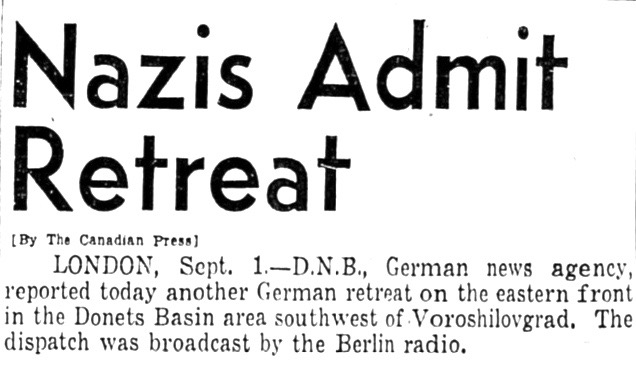






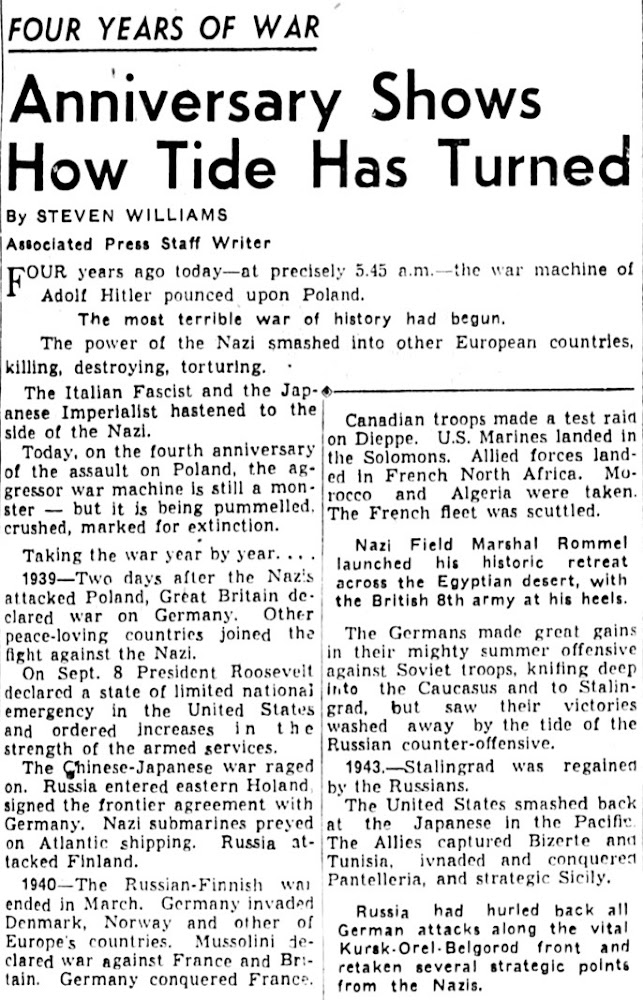
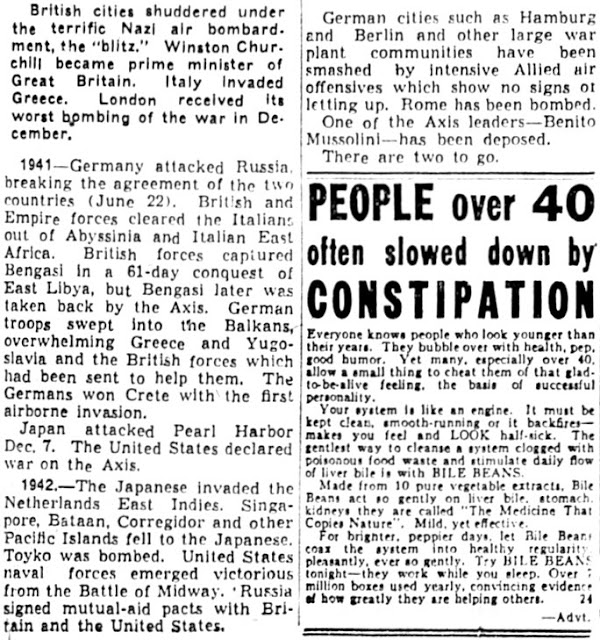




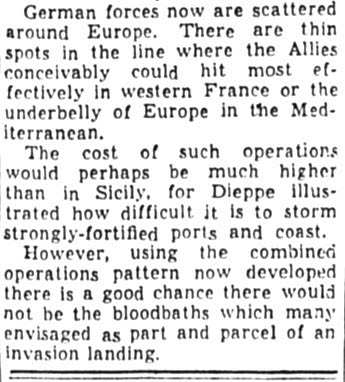
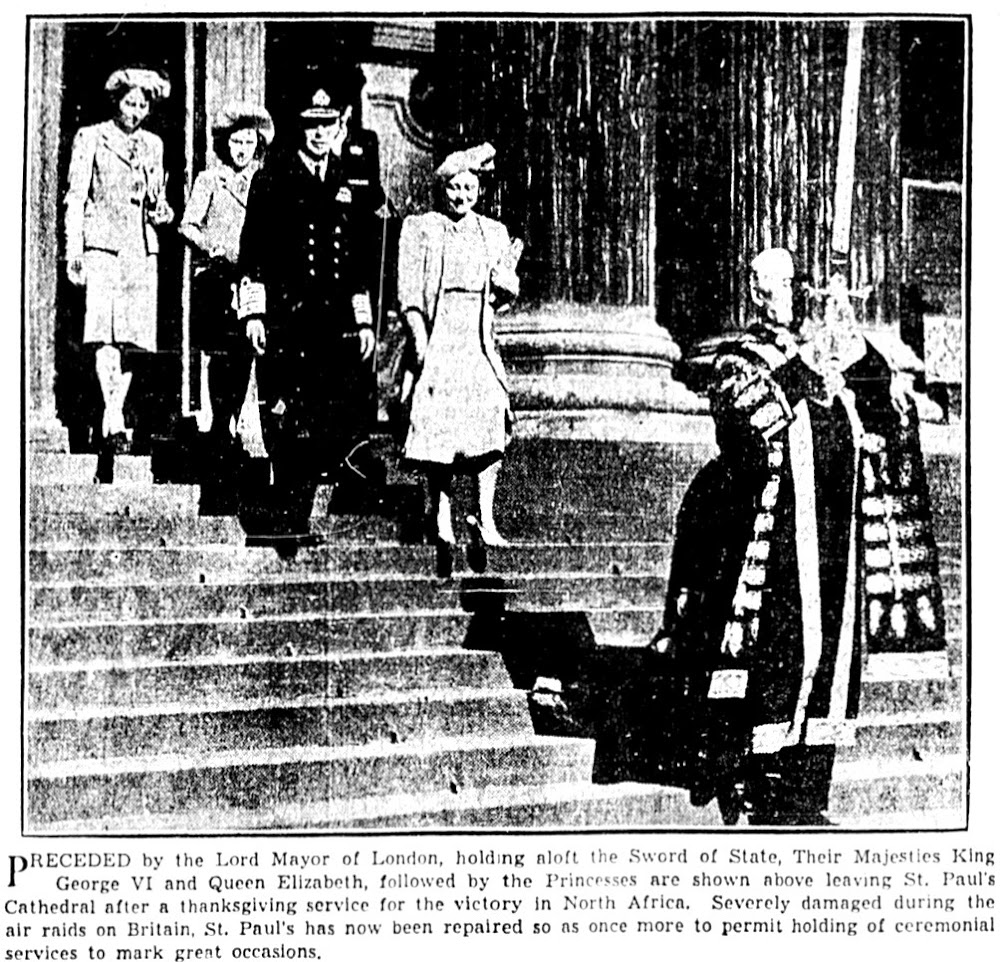


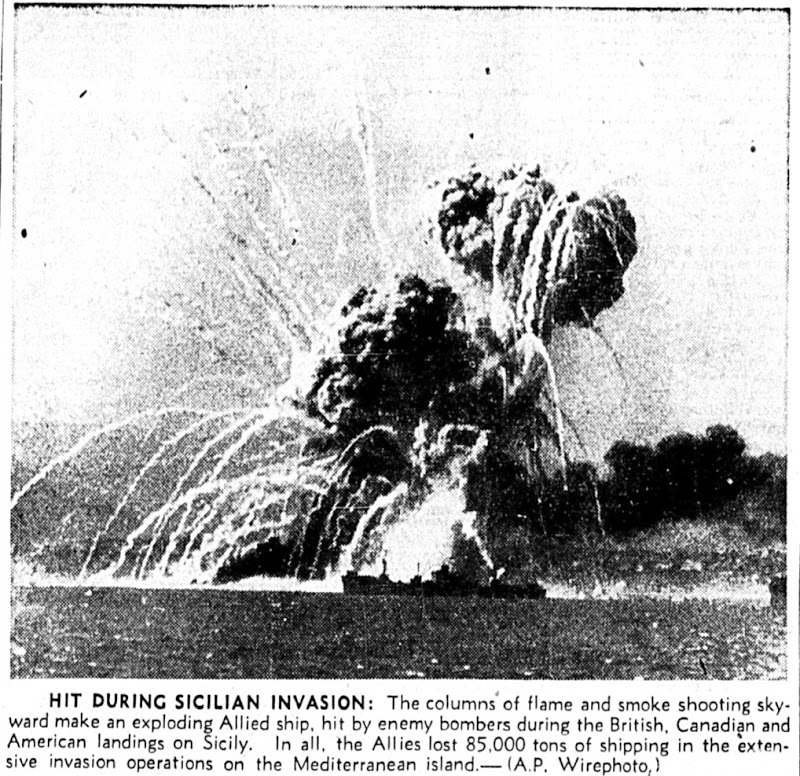
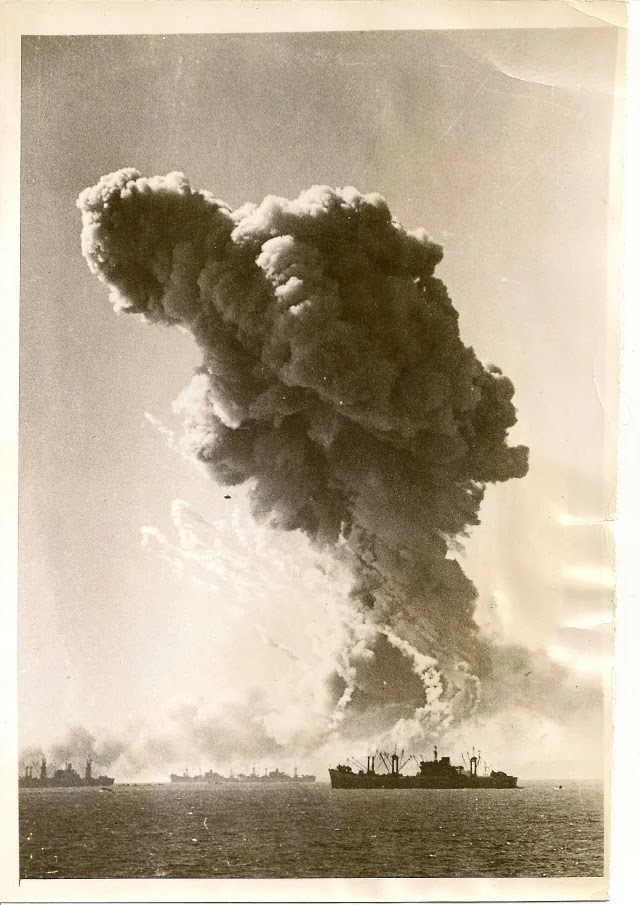














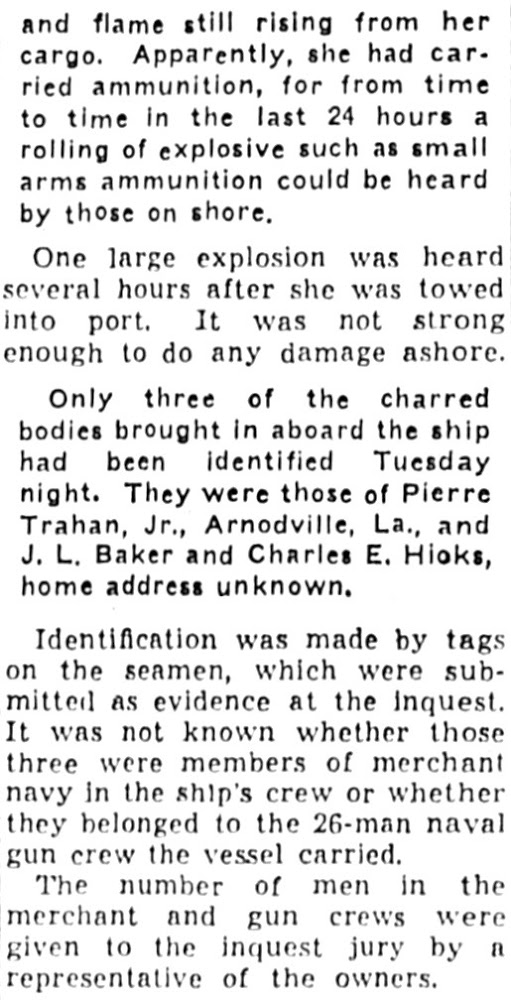




No comments:
Post a Comment